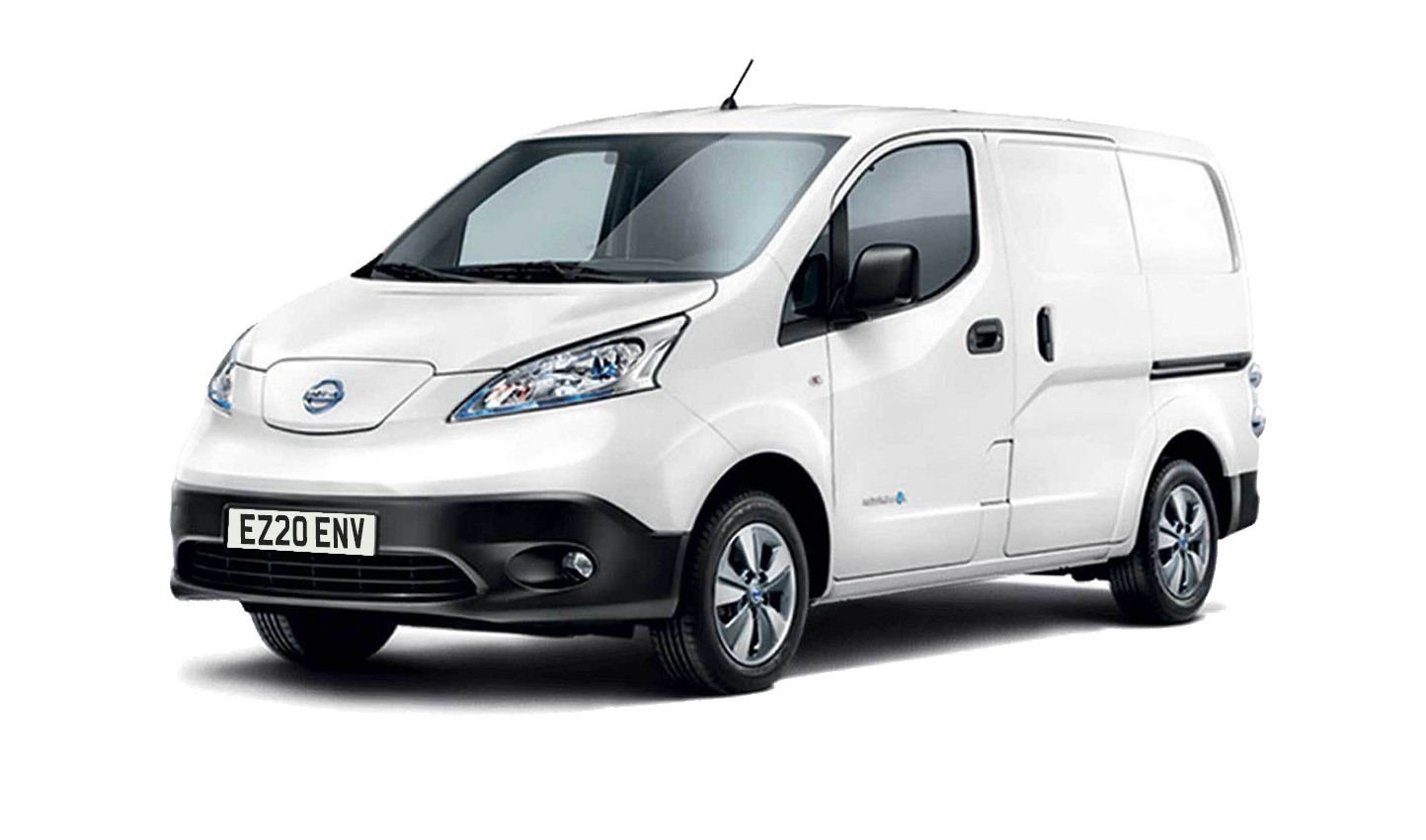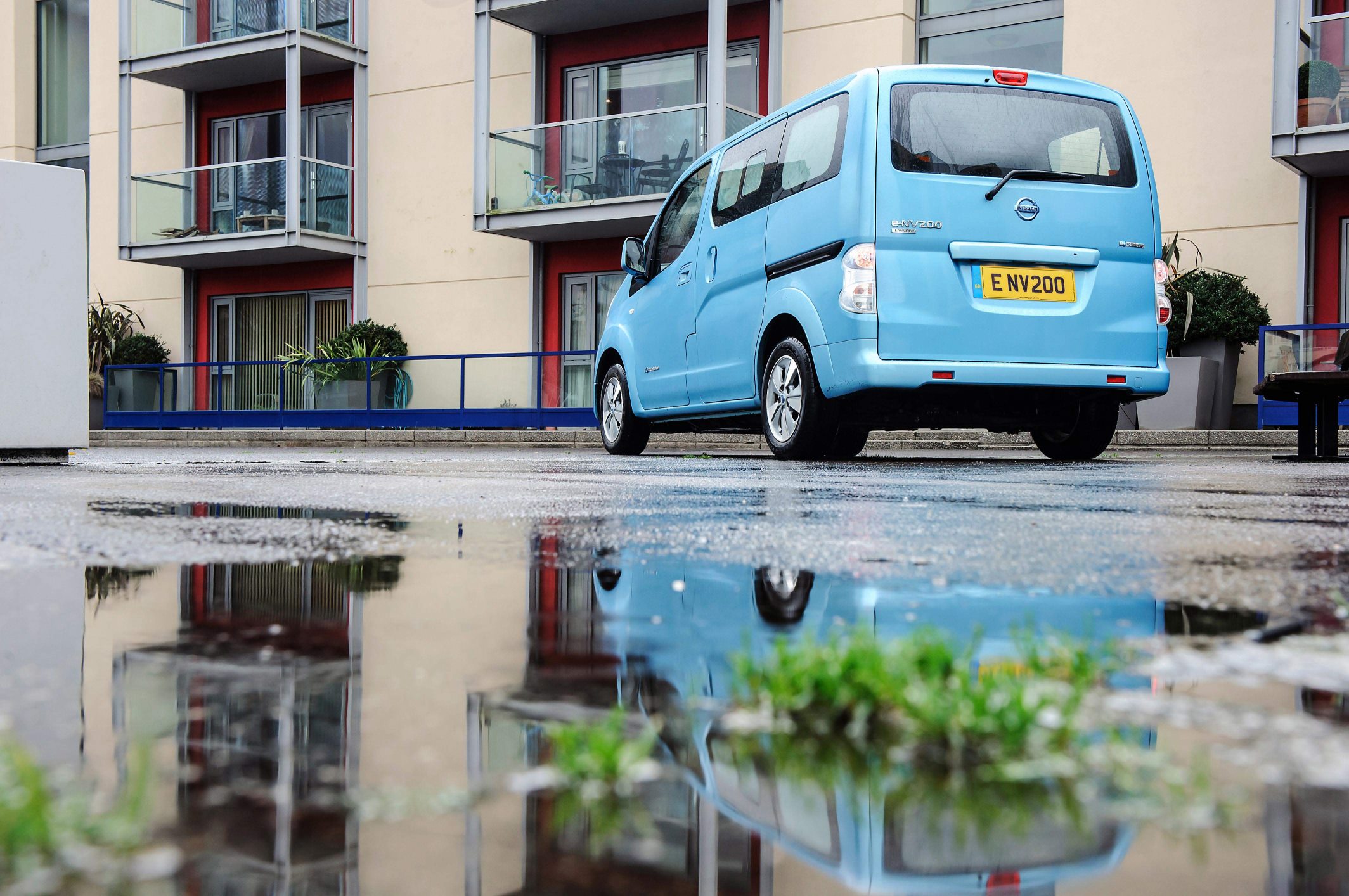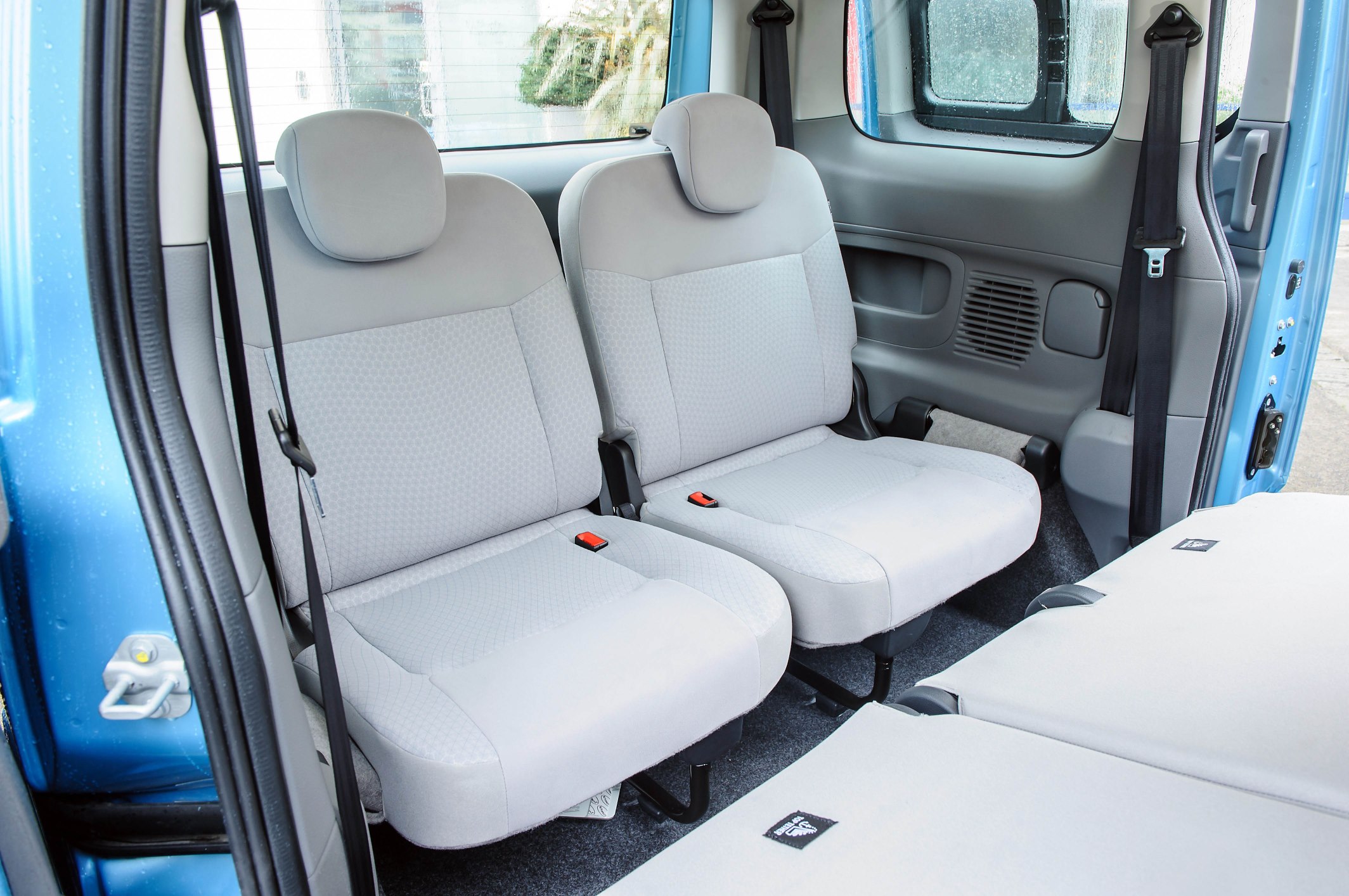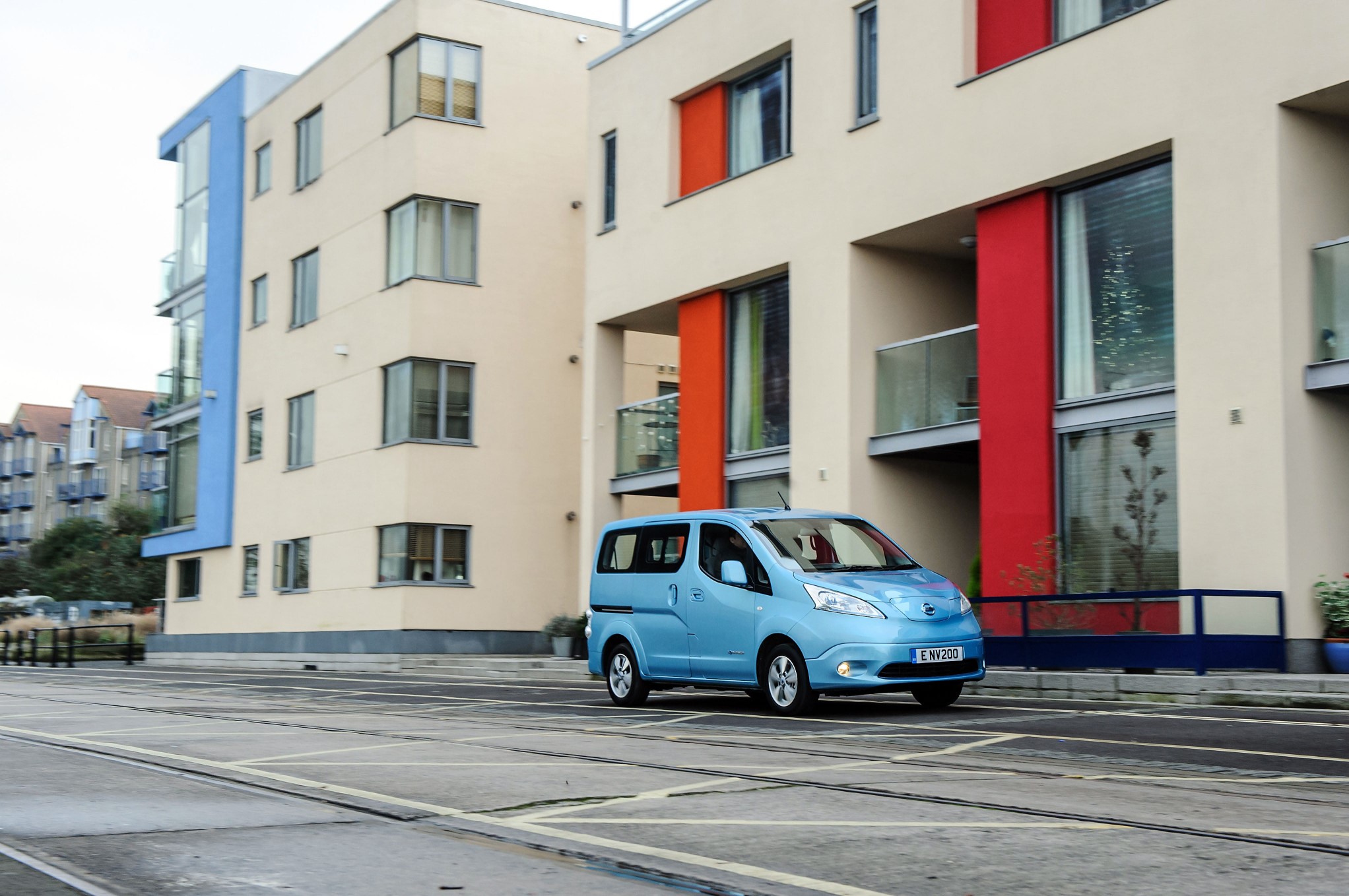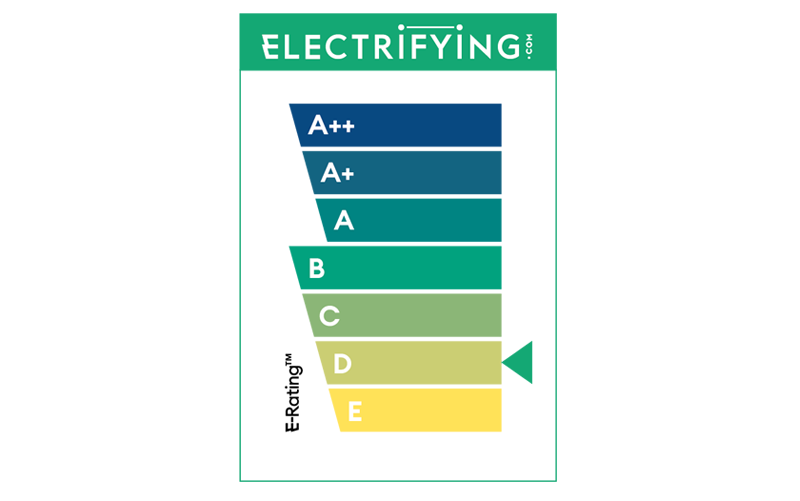Pricing
The e-NV200 price list is a confusing place, as there is a complex web of grants, taxes and costs which make it tricky to compare, especially as the Combi is classed as a car rather than a van.
As vans currently have a government grant of 20% off the list price, the e-NV200 starts at a fiver over £20,000 without the VAT, which is refundable for most businesses. There are two posher versions which add around £1,500 in steps up and add some useful goodies and safety essentials. We’d pick the mid-range Acenta unless we really didn’t like our employees.
The Winter Pack of a heated seat and steering wheel might seem extravagant at £550 but is essential to make sure you are only using precious battery power to heat the driver rather than the whole van.
As the Combi is classed as a car rather than a van, it is only entitled to a £3,000 rebate from the government which, together with the VAT, makes the passenger version look proportionally more expensive. The cheapest Combi is £29,755 and the priciest is over £34,000.
Running costs
Commercial vehicles tend to be bought with the head rather than the heart, so accountants and fleet managers will have crunched the numbers to make sure an e-NV200 makes financial sense for their business.
The biggest cost, after the purchase or lease charges, will be fuel. This is where the e-NV200 will clean up – literally – as a full charge at average rates will cost less than a gallon of diesel. If you are in town, where diesels are less economical, the Nissan actually gets a longer range and could cover 180 miles.
Servicing is cheaper too, as there are fewer filters and fluids to change and – crucially for a vehicle which spends a lot of time in traffic – no diesel particulate filter to get clogged. On average it should be less than £200 per year, depending on mileage.
The only possible wrinkle is insurance, as the e-NV is in group 22 or 23 – that’s high compared to a diesel van.











